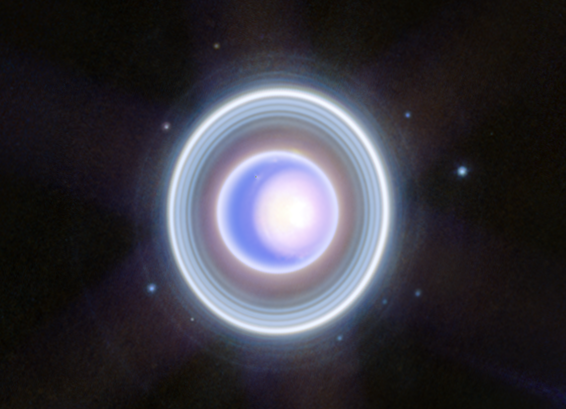On April 7, 2025, NASA took advantage of a rare celestial alignment to study the planet Uranus with unparalleled precision. As the ice giant passed directly in front of a distant star, it triggered a phenomenon known as stellar occultation — giving scientists a golden opportunity to examine how the starlight bent and filtered through Uranus’ atmosphere.
What they found surprised them. The data revealed that Uranus’ atmosphere is far more complex than previously thought, showing evidence of multiple gases and potential weather activity. This insight could reshape what we know about the planet’s internal dynamics and its role in the outer solar system.
And NASA’s not stopping there. The agency is planning a dedicated Uranus mission set to launch around 2032, with arrival expected in 2044. The mission will include an orbiter and a descent probe, which will dive into Uranus’ atmosphere to collect real-time measurements and perform close-up analysis.
Scientists hope this mission will finally unlock answers about Uranus’ magnetosphere, its internal structure, and whether any of its icy moons could potentially host life beneath their frozen crusts.
This unexpected alignment didn’t just offer stunning visuals — it may have just opened the door to one of the most ambitious planetary explorations of our time.
A Celestial Smile: Venus, Saturn, and the Moon to Align Over the Eastern Sky This Week


